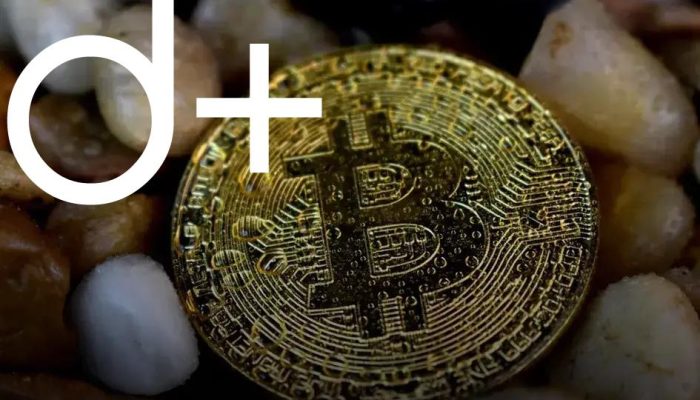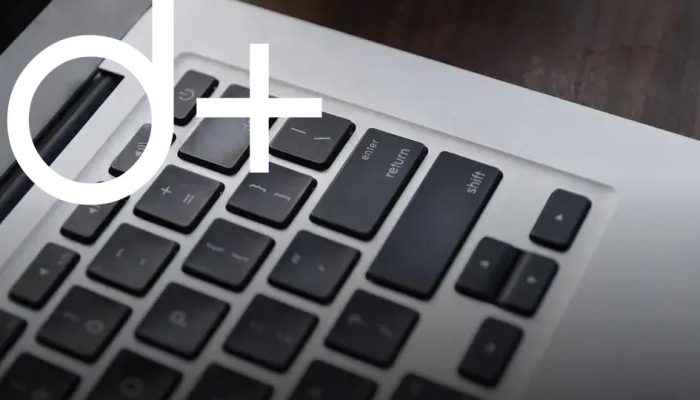The financial landscape is on the brink of a revolutionary transformation with the rise of Web3. As decentralized technologies and blockchain play a pivotal role, understanding their implications becomes essential. Through this guide, we will delve into how Web3 is reshaping finance, its impact on traditional systems, and future opportunities. Let us explore this exciting evolution.
Understanding Web3: The Next Evolution in Finance
Understanding Web3: Web3 represents the next significant shift in the financial landscape, transforming how we perceive digital interactions. By leveraging distributed ledger technologies like blockchain, Web3 introduces decentralized systems where intermediaries are minimized. This evolution allows for direct peer-to-peer exchanges, enhancing security and reducing transaction costs. Web3’s decentralized nature empowers users with greater control over their financial assets and data, leading to increased privacy and transparency. By eliminating centralized authorities, users can engage with financial products using smart contracts, which automate agreements without the need for third-party intervention. This paradigm shift has the potential to democratize finance, making it accessible across different demographics and regions.
The Rise of Web3
signals a move towards a more inclusive economy, where equal opportunities are provided for all participants, reshaping the very foundation of traditional finance as we know it.
Decentralized Finance: A New Financial Ecosystem

Decentralized Finance (DeFi) represents a shift from traditional centralized financial systems to a more open and accessible financial ecosystem. By leveraging blockchain technology, DeFi removes intermediaries like banks, allowing for peer-to-peer transactions and autonomous smart contracts. This means users have more control over their financial assets, as they can transact directly with others without relying on a central authority. Moreover, DeFi platforms often provide innovative financial services like lending, borrowing, and trading, often at lower costs and improved efficiency.
Many DeFi applications are built on the Ethereum blockchain, known for its robust infrastructure and active development community. These applications range from decentralized exchanges (DEXs) to yield farming platforms, attracting a diverse group of users seeking more transparency and control over their finances. The importance of decentralized financial systems is underscored by their resilience. Unlike traditional financial systems, which can be vulnerable to crises and institutional failures, DeFi operates on a network of distributed nodes, reducing single points of failure. This network effect contributes to a more stable and dependable financial landscape.
However, DeFi is not without its challenges. Security issues, regulatory vagueness, and market volatility are constant concerns that need to be addressed as the ecosystem matures. Despite these challenges, the potential of DeFi to democratize finance is substantial, making it a crucial component of the growing Web3 landscape. Users and developers worldwide are continuously exploring innovative solutions to enhance the capabilities and security of DeFi technologies, which could bring about significant changes in how we interact with financial systems.
The Role of Blockchain in Web3 Finance
Blockchain technology forms the backbone of Web3 finance by providing a decentralized and secure infrastructure for conducting transactions and managing data. Immutability is one of the key features of blockchain that ensures all transactions are permanent and transparent, minimizing the risk of fraud. In the realm of financial applications, blockchain allows for peer-to-peer transfers without intermediaries, reducing costs and increasing efficiency.
Smart contracts, which are self-executing with predefined rules, are deployed on blockchain networks to automate complex processes and agreements, further enhancing reliability and speed. These technologies collectively empower users by giving them control over their assets and data, fostering a sense of trust in digital environments.
Interoperability between different blockchain systems is another crucial aspect for the smooth functioning of Web3 finance. By enabling diverse chains to communicate and exchange value seamlessly, it promotes broader adoption and integration of decentralized financial solutions.
The adoption of blockchain in finance disrupts traditional models and gives rise to innovative concepts such as tokenization, where physical and intangible assets can be represented as digital tokens on the blockchain. This opens up new possibilities for accessibility and liquidity within financial markets.
Implications for Traditional Financial Institutions

The rise of Web3 is shaping a new landscape that traditional financial institutions must navigate. These institutions, from banks to payment processors, are encountering a paradigm shift that challenges their existing operations and business models. Web3 technologies, such as blockchain and decentralized finance (DeFi), offer both threats and opportunities for these entities.
One of the most significant impacts of Web3 is the disintermediation of financial services. With blockchain, transactions can be executed directly between parties without the need for a middleman. This could reduce costs and increase transaction speed, but it also means that traditional institutions might lose their role and revenue streams.
Furthermore, DeFi platforms provide alternatives to traditional banking services, like lending and borrowing, which are attracting more users and funds, potentially decreasing the market share of conventional financial services. Institutions must adapt by exploring partnerships with blockchain firms or developing their own Web3 solutions.
Regulatory challenges are also on the horizon. With the pseudo-anonymity that Web3 offers, issues related to compliance with Know Your Customer (KYC) and Anti-Money Laundering (AML) regulations may arise, necessitating a re-evaluation of current compliance frameworks.
Another implication is the potential for increased transparency and security. Blockchain technology provides an immutable record of transactions, which could enhance trust in financial activities. However, traditional institutions need to invest in technology that can integrate with these decentralized systems while ensuring data privacy and security.
Lastly, the shift towards Web3 requires a workforce with a new set of skills, pushing financial institutions to invest in training and hiring to support blockchain and decentralized applications (dApps).
As the financial sector evolves, traditional financial institutions must proactively engage with Web3 developments to stay competitive and relevant in the future financial ecosystem.
Future Trends and Opportunities with Web3
The advent of Web3 marks a transformative shift in the digital landscape, promising to usher in an era of innovation and growth across various sectors. As the decentralized web gains momentum, businesses and individuals alike are beginning to explore the potential opportunities it presents.
Decentralized Applications (DApps)
harness the distributed power of blockchain technology to create platforms that are robust, transparent, and free from centralized control. This evolution in application design allows for new business models and efficiencies, particularly in industries reliant on data integrity and security.
In the realm of finance, Web3 offers groundbreaking prospects. Imagine financial systems that are not only decentralized but also democratized, allowing individuals to manage and move their assets without the need for intermediaries. This concept of financial autonomy opens up avenues for peer-to-peer transactions and access to global markets without the traditional barriers.
Moreover, smart contracts form the backbone of many emerging Web3 services, ensuring transactions are executed exactly as agreed upon, without the need for third-party verification. These contracts have the potential to revolutionize processes across supply chain management, insurance, and real estate.
For those engaged in digital identity management, Web3 introduces approaches to personal and professional identity verification that are more aligned with privacy and user control. As users gain ownership over their own data, companies might need to rethink strategies to engage and build trust with their audiences.
Looking ahead, Web3’s development will likely influence the creation of decentralized autonomous organizations (DAOs). These organizations, operating through code and votes rather than centralized leadership, could redefine how businesses and communities are structured and operated, fostering more inclusive and transparent governance models.







![BANNER 1 - HOME [QUADRADO]](https://dailyfindinvestment.com/wp-content/uploads/2025/01/BANNER-300-X-300.gif)
